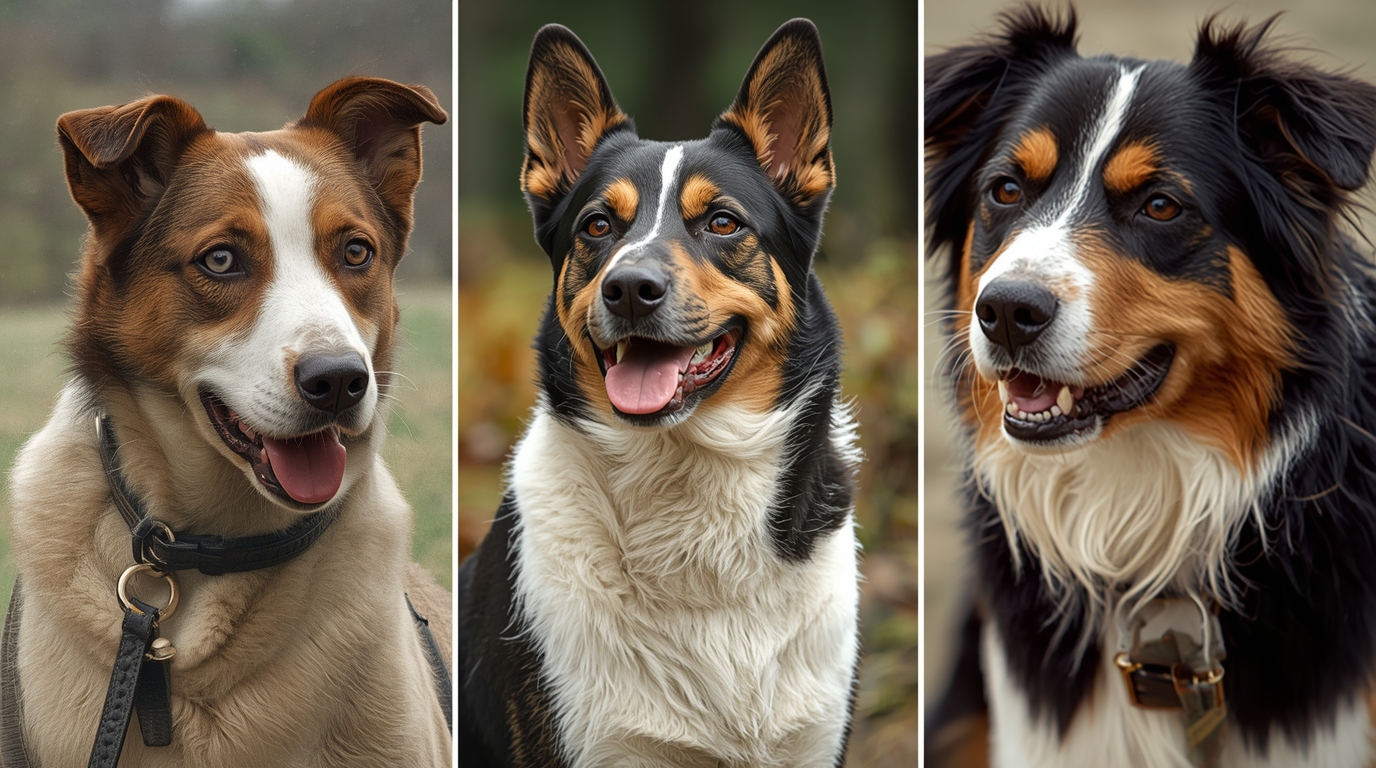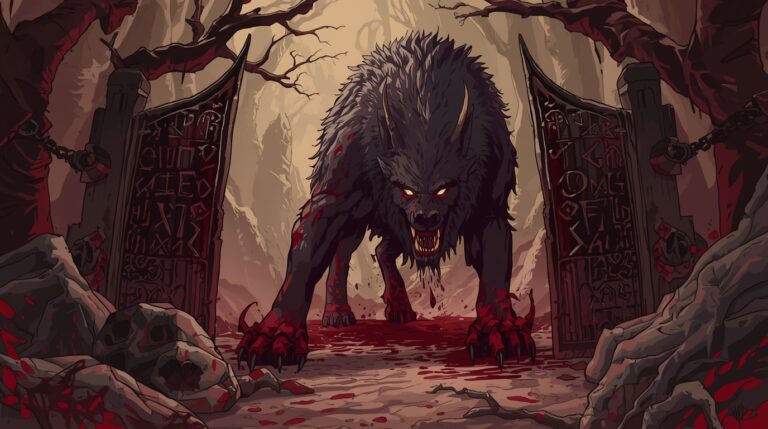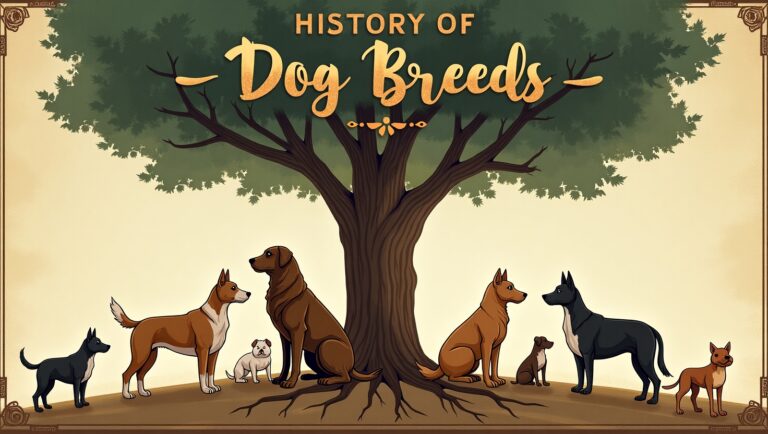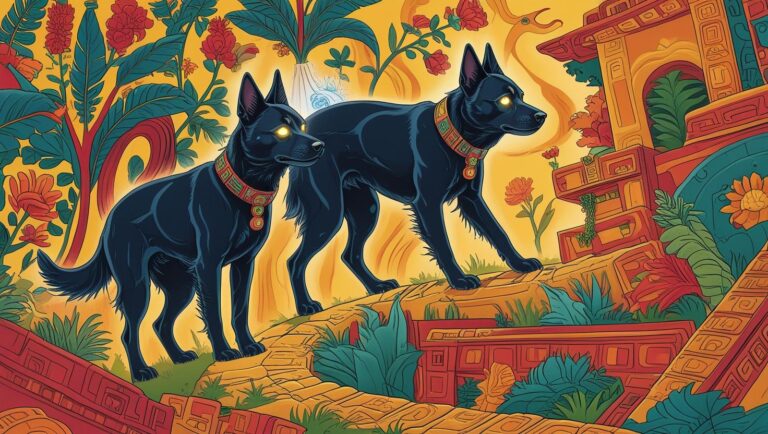Dog History in Europe (UK, France, Germany)

Introduction: Tracing the Pawprints of History
The history of dogs in Europe—especially in the United Kingdom, France, and Germany—spans over 10,000 years, woven into the fabric of cultural, military, and social development. These nations have produced some of the world’s most iconic and versatile dog breeds, reflecting shifting economic needs, social hierarchies, and national identities.
Origins of European Dogs: From Wolves to Companions
Dogs in Europe descend from domesticated gray wolves, a process believed to have started 12,000–15,000 years ago. Early canine-human relationships revolved around cooperative hunting and mutual survival. DNA from ancient canids found in Germany and France supports this early transition.
Dogs in Prehistoric Europe
Archaeological digs across UK sites like Starr Carr and French caves near Dordogne reveal domesticated dog remains alongside early human tools. These canines were valued for their tracking skills and became integrated into tribal life.
Celtic and Germanic Tribes and Their Hunting Hounds
The Celts and Germanic tribes revered their dogs. Celtic hounds, large and fierce, often accompanied warriors into battle or hunted boars. The Boar Hound, a precursor to the Great Dane, was bred in early German territories for similar purposes.
The Roman Influence on European Dog Breeds
The Roman Empire brought systematic breeding and selective canine importation to Britain, Gaul, and Germania. Roman villas often included guard dogs and companion breeds, many of which were descendants of the Molossus—a giant war dog from Epirus.
Introduction of the Molossus and Its Legacy
The Molossus influenced several modern mastiff-type breeds:
- English Mastiff
- Dogue de Bordeaux
- Rottweiler
Its traits—loyalty, size, power—were selectively retained by Roman breeders, who integrated these dogs into military and civilian life.
Canines in Anglo-Saxon England
After the fall of Rome, Anglo-Saxon England relied heavily on dogs for:
- Livestock herding
- Farm protection
- Rat control
Breeds resembling the Border Collie and terriers trace their utility back to this period.
also read this Dog History by Region
Dogs in Medieval Europe: Roles and Reputations
In medieval France, monasteries and nobles maintained kennels. In Germany, dogs guarded castles and herded sheep across mountainous terrain. Throughout Europe, canines were sorted into functional classes: hunting, guarding, herding, or companionship.
The Talbot Hound and the Ancestry of Modern Breeds
The Talbot Hound, common in Norman and English medieval courts, was a scent hound known for its tracking ability. Though extinct, it is considered the ancestor of today’s Beagle and Bloodhound.
Noble Patronage: Dogs of the Aristocracy
Owning dogs—particularly sight hounds and lap dogs—was a symbol of class in all three countries. In England, breeds like the Whippet were admired for speed. France’s elite favored toy Spaniels, while German nobility bred dogs for estate management and sport.
Dogs in French Court Life: From Toy Breeds to Status Symbols
During the 17th–18th centuries, breeds like the Papillon and Bichon Frisé became popular at the French royal court. Dogs were:
- Groomed extravagantly
- Painted into portraits
- Given noble titles
These breeds reflected both status and artistry.
German Working Dogs in Early Rural Societies
Dogs such as the Schnauzer and Pinscher evolved in Germany’s agrarian environments. They were prized for:
- Rodent control
- Livestock management
- Family protection
These breeds demonstrate functional diversity and rural utility.
Herding and Guard Dogs in the Middle Ages
The Old English Sheepdog in Britain and the Beauceron in France represent classic medieval herding dogs. They were known for:
- Intelligence
- Trainability
- Endurance
These traits were refined through regional selection.
Religious Symbolism and Folklore in Dog Representations
Dogs appear frequently in European mythology:
- Cŵn Annwn (Welsh death hounds)
- Cerberus (Greek three-headed guardian)
- Chien noir legends (France, UK)
These dogs symbolized guardianship, death, or fidelity.
Canine Warfare: Dogs in European Conflicts
War dogs were used from Roman legions to Napoleonic armies. German forces developed messenger and guard dogs; the French employed scout dogs, while the UK’s war effort relied on Terriers and Collies during trench raids.
Enlightenment Era: Rise of Breed Differentiation
The 18th century saw increased interest in natural history and animal breeding. French thinkers like Buffon cataloged breeds, while in Germany, early breed clubs discussed temperament, size, and function.
Scientific Studies and Breed Classification in the 18th Century
DNA analysis now confirms breed diversification began accelerating here, with distinct genetic lines emerging in Britain, France, and Germany. Early canine taxonomy laid the foundation for today’s standards.
France’s Poodle: National Icon with Practical Origins
The Poodle began as a German water retriever but was perfected in France for use in:
- Hunting waterfowl
- Performing in circuses
- Court companionship
Its name stems from the German “Pudel”, meaning “to splash.”
Germany’s Canine Revolution: The Birth of the German Shepherd
In 1899, Captain Max von Stephanitz founded the German Shepherd breed, combining:
- Herding skills
- Intelligence
- Loyalty
By WWII, the breed was internationally recognized for its police and military service.
The Victorian Era and the Rise of the Kennel Club (UK)
Founded in 1873, the UK Kennel Club standardized:
- Breed definitions
- Dog shows
- Registration protocols
Victorians categorized dogs into:
- Sporting breeds
- Companions
- Guardians
Dog Shows, Breed Standards, and Class Identity
France’s Société Centrale Canine (1881) and Germany’s Verein für Deutsche Schäferhunde also formed. These institutions:
- Protected national breeds
- Monitored genetic quality
- Influenced global breeding
Rural vs Urban Dogs: Diverging Roles
In rural Germany and France, dogs retained functional roles in agriculture. In cities like London, Paris, and Berlin, dogs became status-driven pets or watchdogs, creating urban breed variations.
Dogs in World War I and II: Service, Rescue, and Morale
During wartime:
- UK used dogs for messenger duty
- France deployed scent hounds for mine detection
- Germany led in training medical and search dogs
This era cemented dogs’ roles as life-saving military assets.
Post-War Reconstruction and Breed Conservation
War decimated some native breeds. Governments and kennel clubs focused on:
- Rebuilding breed populations
- Re-establishing standards
- Preventing inbreeding
The Briard, King Charles Spaniel, and Dachshund all faced post-war genetic bottlenecks.
Contemporary Dog Culture in the UK, France, and Germany
Today:
- The UK leads in dog charities and working breeds
- France emphasizes breed artistry and tradition
- Germany continues its legacy in service dog innovation
All three countries influence global canine standards.
Preservation of Heritage Breeds and Genetic Lineages
Efforts now include:
- DNA archiving
- Rare breed support groups
- Public education
Examples:
- French Spaniel recovery
- Old German Herding Dog conservation
- Terrier diversity in UK registries
Modern Registries and International Collaboration
Organizations like:
- Fédération Cynologique Internationale (FCI)
- European Breed Preservation Network
…enable shared protocols for genetic tracking, inbreeding avoidance, and health certification.
Conclusion: The Lasting Legacy of Europe’s Dogs
The history of dogs in Europe mirrors the continent’s evolution—from tribal camps to royal courts, battlefields to show rings. Through selective breeding, cultural love, and scientific precision, UK, France, and Germany have created a canine legacy that touches every corner of the globe.





